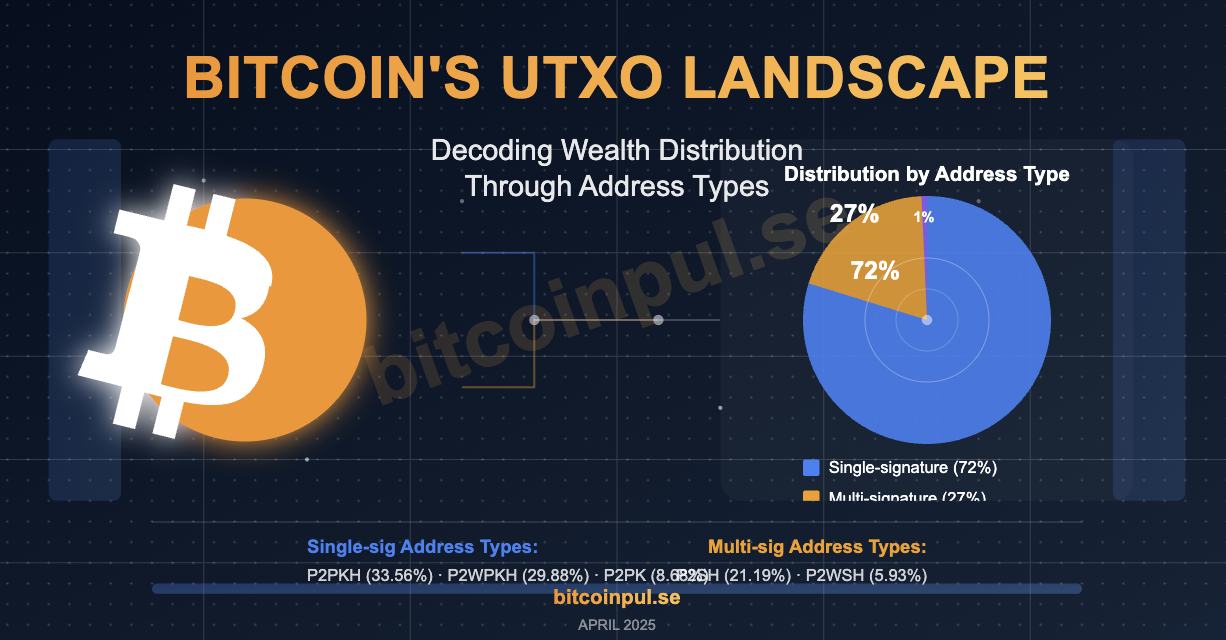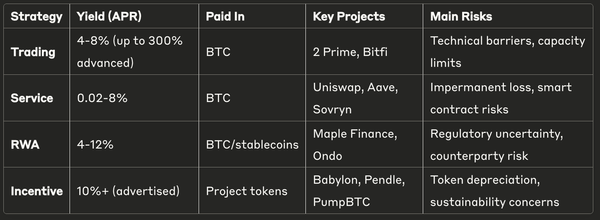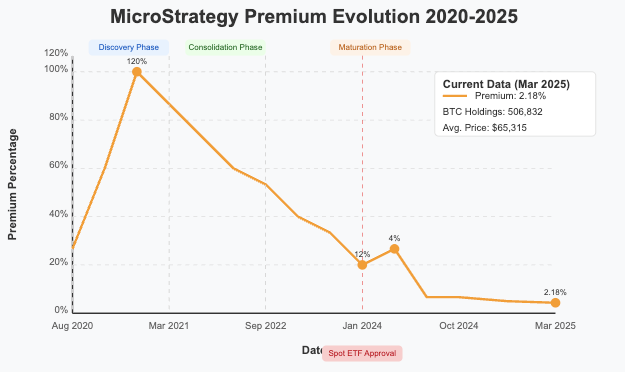Bitcoin's UTXO Landscape: Decoding Wealth Distribution Through Address Types

Understanding Bitcoin's $800 Billion Economy Through Its Address Structure
Bitcoin's blockchain holds approximately 180 million UTXOs (Unspent Transaction Outputs) distributed across various script types, each representing a different way to secure and manage bitcoin. By analyzing how these UTXOs are distributed, we can decode valuable insights about network adoption, user preferences, and wealth concentration patterns.
Single-Signature Dominance: The Retail Backbone
The most striking revelation from UTXO data is that single-signature addresses control approximately 72% of Bitcoin's supply. This dominance speaks volumes about Bitcoin's user base:
| Single-sig Type | BTC Amount | % of Supply | Primary Users |
|---|---|---|---|
| P2PKH (traditional) | 6,651,887 | 33.56% | Early adopters, mainstream users |
| P2WPKH (SegWit) | 5,923,199 | 29.88% | Post-2017 users, cost-conscious holders |
| P2PK (legacy) | 1,720,747 | 8.68% | Very early miners, dormant holdings |
This overwhelming single-signature dominance confirms that Bitcoin remains primarily a retail-driven network. Most bitcoins are held by individual users managing their own keys, often through hardware wallets and other self-custody solutions.
Cold Storage Culture
The prevalence of single-signature addresses reflects Bitcoin's strong self-custody culture. Hardware wallets like Ledger, Trezor, and ColdCard—which typically implement single-signature schemes—have become the standard security practice for many Bitcoin holders.
These devices secure private keys in specialized hardware while maintaining the straightforward nature of single-signature transactions. This approach balances security with usability, allowing non-technical users to maintain control of their bitcoin without complexity.
Institutional Footprint: The Multi-Signature Reality
While multi-signature addresses appear to control only a small percentage of bitcoin according to raw "multisig" classifications (approximately 57 BTC), the reality is quite different when properly categorized:
| Multi-sig Type | BTC Amount | % of Supply | Primary Users |
|---|---|---|---|
| P2SH | 4,199,888 | 21.19% | Exchanges, institutions, business treasuries |
| P2WSH | 1,175,381 | 5.93% | Modern custody solutions, advanced users |
| Bare multisig | 57 | 0.00% | Legacy applications, testing |
Combined, these address types secure approximately 27% of Bitcoin's supply—a significant footprint that represents institutional and high-security holdings.
Companies like MicroStrategy, government agencies, and custody providers like Coinbase Custody implement multi-signature schemes through script hash addresses rather than using "bare" multisig. This explains the apparent discrepancy between the known institutional holdings and the "multisig" category in raw data.
Taproot: The New Frontier
The most recent evolution in Bitcoin's address technology—Taproot (witness_v1_taproot)—presents an interesting case study in adoption patterns:
- Represents 32.5% of all UTXOs
- Controls only 0.74% of Bitcoin's supply
- Average amount per UTXO is significantly smaller than other address types
This indicates that Taproot has been quickly adopted for transactional use cases (possibly Lightning Network channels, smaller payments, and applications) but has not yet become a significant wealth storage mechanism. This follows a consistent pattern where new technologies are first adopted for transactions before migrating to storage applications.
Technical Evolution Timeline
Bitcoin's address types reveal a technological evolution timeline:
- 2009-2011: P2PK addresses dominated (now holding 8.68% of supply)
- 2011-2017: P2PKH became the standard (33.56% of supply)
- 2017-2021: SegWit addresses gained prominence (P2WPKH at 29.88%)
- 2017-present: Script hash solutions grew for institutional use (27.12%)
- 2021-present: Taproot begins its adoption journey (0.74% but growing)
The Institutional-Retail Divide
The data reveals a clear divide in how different user segments interact with Bitcoin:
Retail Characteristics (Single-sig dominance)
- Preference for simplicity and self-custody
- Smaller average holding sizes
- More frequent transactions
- Hardware wallet prevalence
Institutional Characteristics (Multi-sig preference)
- Emphasis on security over convenience
- Larger holdings per address
- Less frequent transactions
- Complex governance requirements
Looking Forward: Trends to Watch
As Bitcoin continues to mature, several trends may reshape this UTXO landscape:
- Taproot Migration: More wealth will likely move to Taproot addresses as confidence in the technology grows
- Institutional Evolution: The percentage of bitcoin held in multi-signature solutions may continue to increase
- Cold Storage Innovations: New self-custody solutions may blur the line between single and multi-signature security
- Lightning Network Impact: The continued growth of Layer 2 solutions will influence on-chain UTXO distribution
Conclusion: A Balanced Ecosystem
Bitcoin's UTXO distribution reveals a healthy, diverse ecosystem balancing individual sovereignty with institutional adoption. The dominance of single-signature addresses demonstrates Bitcoin's success as a self-sovereign financial system accessible to individuals, while the significant footprint of multi-signature solutions shows its growing institutional relevance.
This balance—72% in single-signature and 27% in multi-signature addresses—may represent an optimal distribution that maintains Bitcoin's core ethos of individual sovereignty while accommodating the security needs of larger holders and institutions.
As the network continues to evolve, this UTXO distribution provides a unique window into both technical adoption patterns and the socioeconomic structure of the world's first decentralized digital monetary system.



